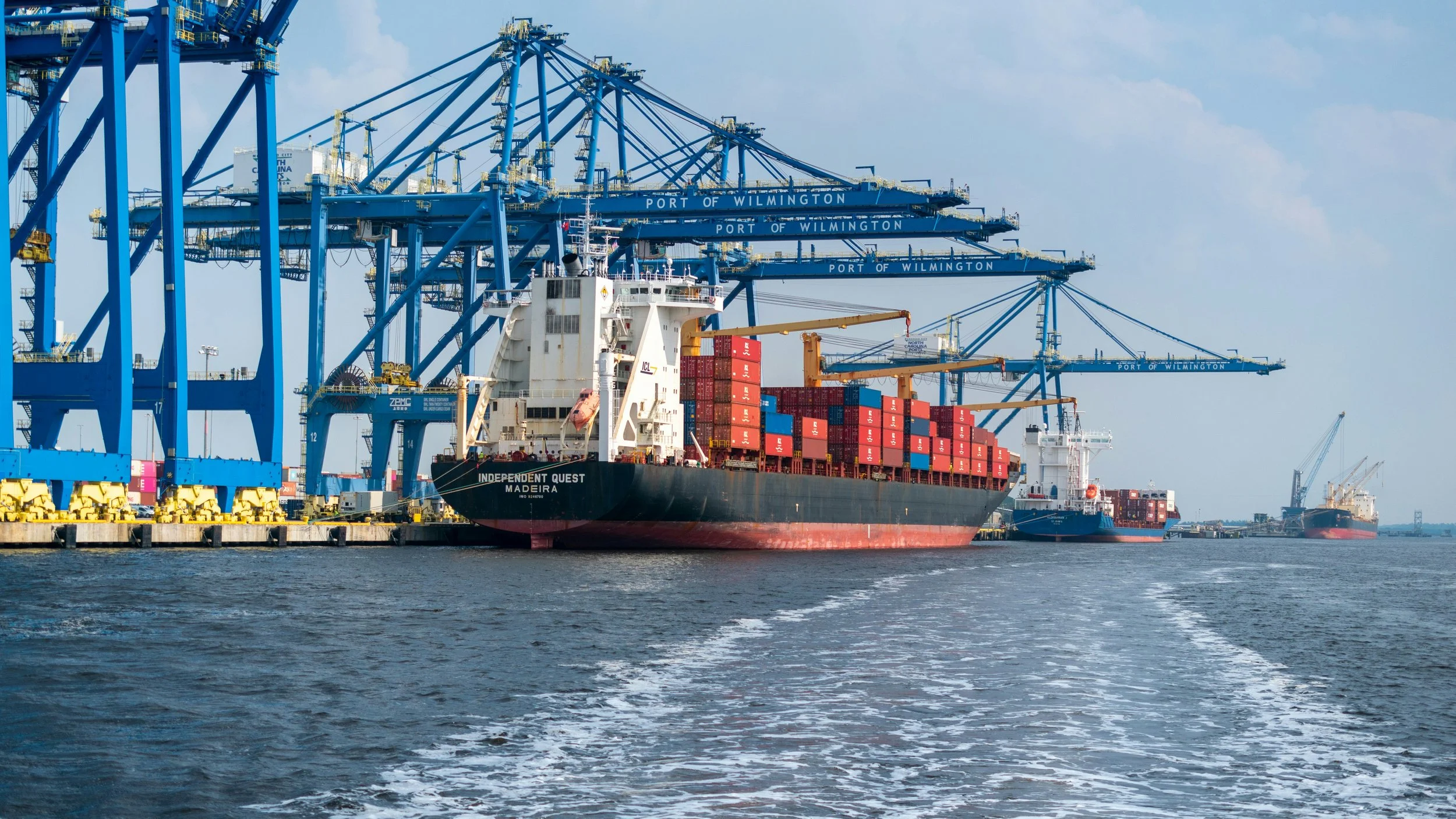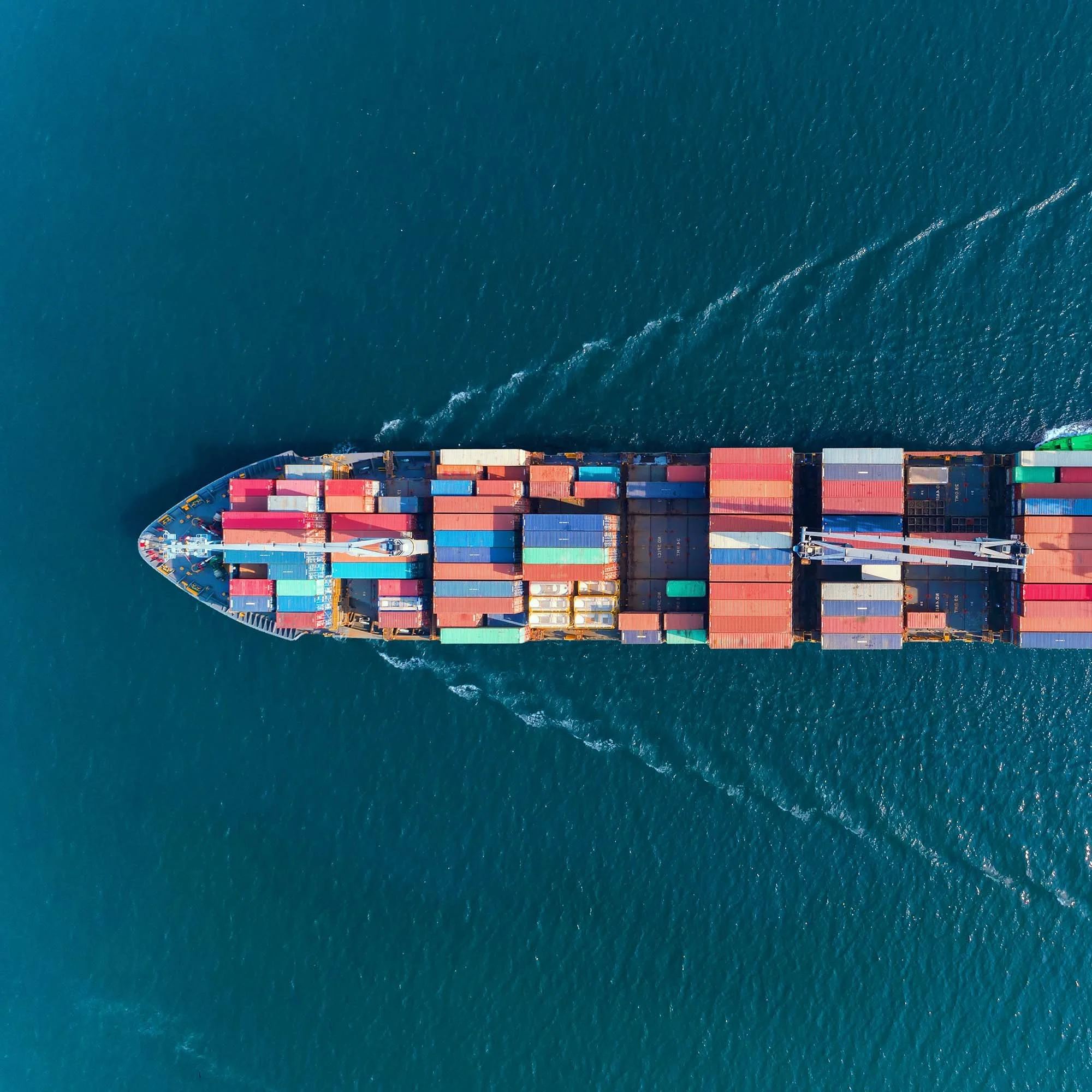Imported emissions
“A common point of reference on the sources, destinations, and scale of embodied emissions is a necessary ingredient for better coordination of policies to reduce – not relocate – GHG emissions”
- Laurence Tubiana
CEO, European Climate Foundation
Embodied carbon:
Understanding our trade and climate co-dependency
Since the ECF and Carbone 4 published their joint report on imported or embodied emissions in November 2024, interest in the topic has only grown. It now finds itself being openly discussed on the fringes of the UN’s annual climate summit – COP. At the same time, discussions on international trade have taken on a new prominence amid tensions over tariff policies as well as the EU’s carbon leakage tool, CBAM.
The ECF has therefore sought to build on its initial work published here in order to facilitate a constructive discussion around the sorts of monitoring and policies that need to be fostered in order to bear down on the 25% of emissions embodied in international trade – emissions that countries induce in each other, yet aren’t accounted for in the current focus on territorially-produced emissions. These emissions are a shared problem as well as a shared opportunity to build lead markets in green goods and services.
To this end, the ECF has commissioned fresh analysis to build a heatmap of high-emitting, heavily traded sectors such as iron and steel, chemicals, agriculture and livestock, and aluminium. This is intended to assist discussions about developing common and targeted approaches to measurements as well as the sorts of policies that are needed – from product standards related to market access, to the targeting of financial stimulus and investment.
The analysis has also formed the basis of a report chapter (chapter 5, p68-82) for the Climate Club from ECF’s CEO, Professor Laurence Tubiana, published during the second week of COP30 in Belem, Brazil.
Why imported emissions?
The UN framework for climate negotiations (UNFCCC) has always focused on territorial emissions – i.e. emissions produced within a country’s boundaries. There are good reasons for this, including the fact that they are the “easiest” to tackle via national climate policies and set reduction targets for.
But this approach doesn’t take account of the highly interdependent nature of international trade, which means that a given country’s needs for goods and services are partly satisfied by other countries. In fact, approximately a quarter of global emissions are generated by countries for other countries’ final consumption.
These emissions known as imported emissions can represent a large proportion of a country’s carbon footprint, i.e., the combination of territorial emissions plus imported emissions minus exported emissions.
Our report focuses on the G20 group of the world’s largest economies, which account for 81% of the world’s imported emissions, and examines the flows of these emissions by both geography and sector.
Recognising that this is a problem shared by the vast majority of countries, the report also outlines the potential for a cooperative approach to acting on imported emissions, in addition to so-called unilateral measures such as the EU carbon border adjustment mechanism.





